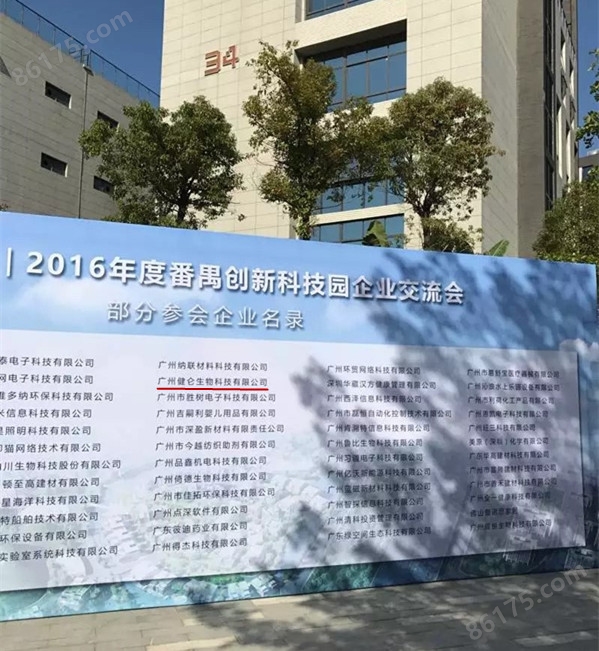請(qǐng)輸入產(chǎn)品關(guān)鍵字:
郵編:510660
聯(lián)系人:楊永漢
電話:86-020-82574011
傳真:86-020-32206070
手機(jī):13802525278
留言:發(fā)送留言
個(gè)性化:www.jianlun45.com
網(wǎng)址:www.jianlun.com
商鋪:http://www.zjmenchuan.com/st199246/
萊姆病螺旋體IgM免疫熒光玻片試劑盒(IFA方法)
【產(chǎn)品簡介】
【詳細(xì)說明】
萊姆病螺旋體IgM免疫熒光玻片試劑盒
Borrelia burgdorferi IgM IFA Kit
廣州健侖生物科技有限公司
主要用途:用于檢測(cè)人血清中的萊姆病螺旋體 IgM 抗體
產(chǎn)品規(guī)格:12 孔/張,10 張/盒
包括包柔氏螺旋體菌、布魯氏菌、貝納特氏立克次體、土倫桿菌、鉤端螺旋體、新型立克次體、恙蟲病、立克次體、果氏巴貝西蟲、馬焦蟲、牛焦蟲、利什曼蟲、新包蟲、弓形蟲、貓流感病毒、貓冠狀病毒、貓皰疹病毒、犬瘟病毒、犬細(xì)小病毒等病原微生物的 IFA、MIF、ELISA試劑。
萊姆病螺旋體IgM免疫熒光玻片試劑盒
我司還提供其它進(jìn)口或國產(chǎn)試劑盒:登革熱、瘧疾、西尼羅河、立克次體、無形體、蜱蟲、恙蟲、利什曼原蟲、RK39、漢坦病毒、深林腦炎、流感、A鏈球菌、合胞病毒、腮病毒、乙腦、寨卡、黃熱病、基孔肯雅熱、克錐蟲病、違禁品濫用、肺炎球菌、軍團(tuán)菌、化妝品檢測(cè)、食品安全檢測(cè)等試劑盒以及日本生研細(xì)菌分型診斷血清、德國SiFin診斷血清、丹麥SSI診斷血清等產(chǎn)品。
歡迎咨詢
歡迎咨詢2042552662
萊姆病螺旋體IgM免疫熒光玻片試劑盒
二維碼掃一掃
【公司名稱】 廣州健侖生物科技有限公司
【】 楊永漢
【】
【騰訊 】 2042552662
【公司地址】 廣州清華科技園創(chuàng)新基地番禺石樓鎮(zhèn)創(chuàng)啟路63號(hào)二期2幢101-3室
【企業(yè)文化】


Cell:將干細(xì)胞分化成功能性β細(xì)胞的配方
在本周的Cell雜志上,梅爾頓和他的同事們報(bào)道一種復(fù)雜的配方,其能夠直接將無論是人類胚胎干細(xì)胞(ES細(xì)胞)還是iPS細(xì)胞分化成功能性β細(xì)胞。這一突破是在梅爾頓實(shí)驗(yàn)室十多年來執(zhí)著的工作的基礎(chǔ)上完成的。他和他的同事們苦心研究調(diào)控胰腺發(fā)育的信號(hào),應(yīng)用他們和其他的發(fā)現(xiàn),開發(fā)出一種方法將干細(xì)胞分化為成熟的β細(xì)胞。“這里面并沒有魔法,” 梅爾頓說。“這甚至不是應(yīng)用于發(fā)育生物學(xué)的一個(gè)發(fā)現(xiàn)。”
“該草案是可重復(fù)的,但比較單調(diào)乏味,” 梅爾頓補(bǔ)充道。干細(xì)胞在燒瓶中生長需要5種不同的生長培養(yǎng)基和11種分子因素,從蛋白質(zhì)到糖類,將之添加到精確的組合中需要超過35天才能夠?qū)⑺鼈冝D(zhuǎn)變成β細(xì)胞。從好的一方面來說,梅爾頓道,該技術(shù)可以在一個(gè)500毫升的燒瓶中產(chǎn)生2億個(gè)β細(xì)胞——在理論上,這足以治療一個(gè)患者。梅爾頓說,該草案似乎與ES和iPS細(xì)胞系的工作是同等的。
在該細(xì)胞可用于治療1型糖尿病之前,研究人員需要找到一種方法來保護(hù)它們免受免疫排斥反應(yīng)。觸發(fā)該疾病同樣的自身免疫反應(yīng)可能會(huì)攻擊從患者自身的iPS細(xì)胞衍生的新β細(xì)胞,以及正常的免疫反應(yīng)會(huì)破壞ES衍生的β細(xì)胞,這似乎出現(xiàn)異質(zhì)性。(這一直是努力使用來自死者器官捐贈(zèng)者的β細(xì)胞的接受移植來治療1型糖尿病的一個(gè)挑戰(zhàn)。)梅爾頓和他的同事正在探索如何將干細(xì)胞衍生的β細(xì)胞裝入膠囊中,以及如何修飾β細(xì)胞,使它們能夠抵御免疫攻擊。
Cell: Formula that differentiates stem cells into functional beta cells
In this week's Cell magazine, Melton and his colleagues report a complex formula that directly differentiates either human embryonic stem cells (ES cells) or iPS cells into functional beta cells. This breakthrough was made on the basis of work labored at Melton Laboratories for more than a decade. He and his colleagues worked hard on signals that regulate pancreatic development and, using them and other findings, developed a way to differentiate stem cells into mature beta cells. "There's no magic here," Melton said. "This is not even a discovery that applies to developmental biology."
"The draft is repeatable, but tedious," Melton added. Stem cells need 5 different growth media and 11 molecular factors to grow in flasks. From protein to sugar, it takes more than 35 days to add them to the precise combination to convert them into beta cells. On the plus side, Melton said the technology can generate 200 million beta cells in a 500 ml flask - in theory, enough to treat one patient. Melton said the draft seems to work on the same lines as the ES and iPS cell lines.
Before the cell can be used to treat type 1 diabetes, researchers need to find a way to protect them from immune rejection. The same autoimmune response that triggers the disease may attack neo-beta cells derived from the patient's own iPS cells, and the normal immune response destroys ES-derived beta cells, which appear to be heterogeneous. (This has long been a challenge for treating type 1 diabetes with transplantation of beta cells from organ donors of the deceased.) Melton and his colleagues are exploring ways to load stem cell-derived beta cells into capsules and how Modifies beta cells so that they are immune to immune attacks.

會(huì)員.png)
 QQ交談
QQ交談 MSN交談
MSN交談
